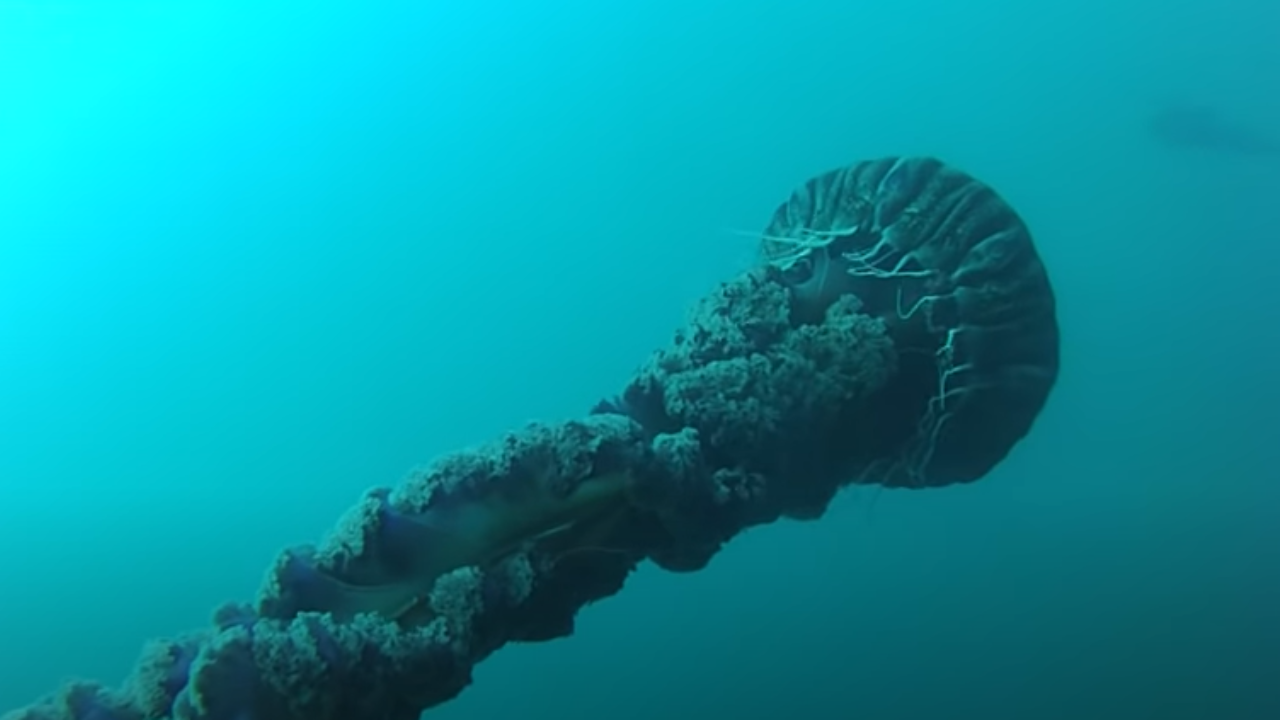According to reports from Orange County, Southern California, a rare species of giant jellyfish has been discovered invading beaches and stinging swimmers. The black jellyfish, also known as Chrysaora achlyos or black sea nettle, was only recently identified and described in 1997. It is a massive creature with a bell that can reach up to three feet in diameter and long, lacy, pinkish arms that can span up to 20 feet in length. Its tentacles can also stretch nearly 8 feet long, making it a daunting sight for any beachgoer.
On July 4th 2013, Laguna Beach, a popular beach town with a rich television history, saw several swimmers come ashore with severe stings on their bodies and strange, dark membranes attached to them. The black jellyfish invades the coast periodically, with its invasions coinciding with El Niño and La Niña weather patterns. It is thought that ocean temperature and human activity, such as increased levels of organic matter from farming, may attract or feed zooplankton, which the jellies follow and eat.
Despite its imposing size, the black sea nettle is harmless to humans, with its sting causing only temporary pain lasting about 40 minutes. This is likely due to its diet, as jellies that feed on larger or more complex animals tend to have stronger stings. In contrast, the stings of some jellyfish species, such as certain box jellyfish, can be fatal to humans.
The black sea nettle’s behavior and habitat outside of beach invasions are largely unknown. It appears to eat zooplankton and other jellyfish, but little else is known about its diet or natural habitat. Nonetheless, its periodic beach invasions have made it a fascinating and formidable creature to behold. With only a handful of sightings since its discovery in 1997, the black sea nettle remains a mysterious and enigmatic species of the Pacific Ocean.







